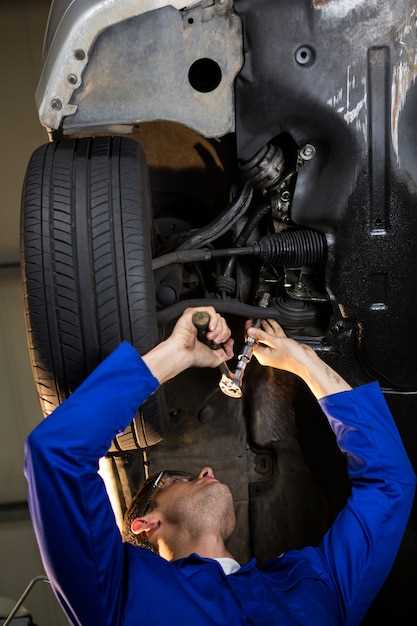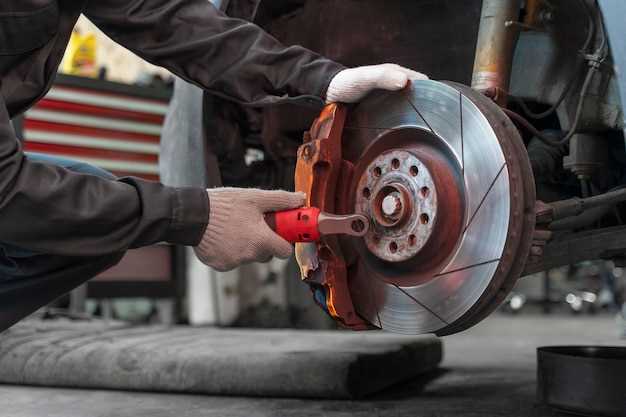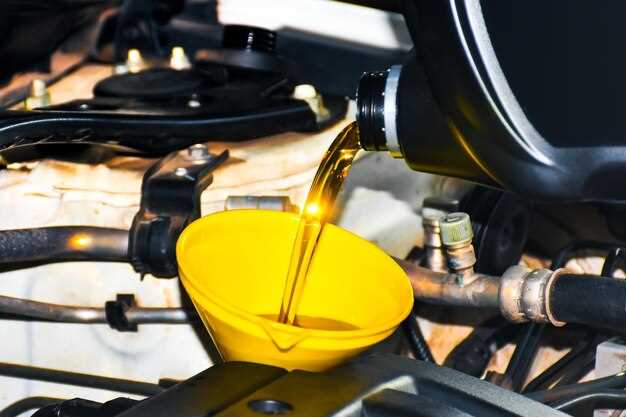
When it comes to maintaining the performance and safety of your BMW, choosing the right brake fluid is crucial. The brake system is an essential component of your vehicle, ensuring effective stopping power and driver control. A high-quality brake fluid can enhance the overall performance of your BMW, making it indispensable for both everyday driving and high-performance scenarios.
In this article, we will review the top brake fluids available specifically for BMW models. We’ll discuss their key features, compatibility with various BMW models, and performance standards. The right fluid not only meets OEM specifications but also offers superior thermal stability and moisture absorption properties, which are vital for ensuring a reliable braking experience.
Understanding brake fluid types is essential for any BMW owner. Different formulations exist, each with unique characteristics tailored to specific driving conditions. We will break down the differences between DOT ratings and highlight the best options for both everyday drivers and enthusiasts who push their vehicles to the limit.
Choosing the right brake fluid can transform your driving experience, enhancing responsiveness and safety on the road. Read on as we explore the top options available, providing insights that will help you make an informed decision for your BMW.
Understanding the Importance of Brake Fluid for BMW Vehicles

Brake fluid is a crucial component of any vehicle’s braking system, and BMW cars are no exception. It serves as the hydraulic fluid that transmits force from the brake pedal to the braking components, ensuring effective stopping power. Proper maintenance and timely service of brake fluid can significantly enhance the overall performance and safety of BMW models.
The importance of using high-quality brake fluid specifically designed for BMW vehicles cannot be overstated. Different fluids have varying boiling points and chemical compositions, which can affect braking performance. For instance, BMW vehicles often require DOT 4 fluid, which has a higher boiling point compared to DOT 3, offering improved resistance to vaporization under extreme conditions.
Additionally, brake fluid absorbs moisture over time, which can lead to corrosion and diminished braking efficiency. Regularly servicing the brake fluid helps maintain its integrity and effectiveness, preventing issues such as brake fade or system failure. BMW recommends periodic replacement of brake fluid, typically every two years, to ensure optimal braking performance.
Incorporating the right fluid and adhering to service intervals not only promotes vehicle safety but also extends the lifespan of brake components. Understanding the role and significance of brake fluid in BMW vehicles is essential for any owner seeking to maintain their car’s performance and reliability on the road.
Top Brands of Brake Fluid Recommended for BMW Models
When it comes to ensuring optimal braking performance in BMW vehicles, selecting the right brake fluid is crucial. BMW recommends using high-quality fluids that meet specific standards, such as DOT 4 or DOT 5.1. Below are some of the top brands that are highly regarded in the BMW service community.
1. Castrol Edge
Castrol Edge brake fluid is known for its excellent thermal stability and high boiling point, making it a favored choice among BMW enthusiasts. It offers superior resistance to moisture absorption, which is essential for maintaining braking performance under diverse conditions.
2. ATE Typ 200
ATE Typ 200 is another highly recommended option for BMW models. This brake fluid provides a high dry boiling point and is compatible with various braking systems. Its performance has been tested extensively, making it a reliable choice for both everyday driving and track use.
3. Brembo Brake Fluid
Brembo, renowned for its expertise in braking systems, offers brake fluid that meets or exceeds the required specifications for BMW. This fluid is designed to maintain optimal performance in high-stress conditions, ensuring safety and reliability during service.
4. Motul RBF 600
Motul RBF 600 is a racing-grade brake fluid that delivers exceptional performance suitable for BMW models. Its high boiling point and consistent viscosity provide enhanced pedal feel, making it ideal for spirited driving and competitive environments.
5. Pentosin Super DOT 4
Pentosin Super DOT 4 brake fluid is specifically formulated for vehicles that require a high-performance, low-viscosity fluid. It is fully compatible with BMW braking systems and fulfills the necessary specifications to ensure a smooth service experience.
Selecting any of these top brands will help maintain the integrity of your BMW’s braking system, enhancing safety and performance on the road. Always consult your owner’s manual for specific fluid recommendations and service intervals.
How to Change Brake Fluid in Your BMW and Common Pitfalls

Changing the brake fluid in your BMW is an essential maintenance task that ensures optimal braking performance and safety. To begin, gather all necessary materials: new brake fluid compatible with your BMW model, a brake fluid bleeder kit, a clean container, and safety gloves. Make sure to park your vehicle on a level surface and secure it with wheel chocks to prevent any movement.
Start by removing the wheel to access the brake components. Locate the brake fluid reservoir, typically found near the back of the engine bay. Carefully open the reservoir cap and inspect the fluid level and condition. If the fluid appears dark or contaminated, it’s an indication that a change is necessary. Using a syringe or turkey baster, remove some of the old fluid from the reservoir before adding fresh fluid.
Next, begin the bleeding process at the furthest brake caliper from the master cylinder, which is usually the right rear wheel. Attach the brake fluid bleeder kit to the caliper’s bleeder screw and ensure it’s secured. Have an assistant pump the brake pedal several times while you monitor the fluid flow through the kit. Once the assistant keeps the pedal pressed, slowly open the bleeder screw to allow air and old fluid to escape. Close the screw before the pedal is released to prevent sucking air back into the system.
Repeat this process for all four brakes: right rear, left rear, right front, and left front. Always keep an eye on the brake fluid reservoir to prevent it from running dry during the process. Add fresh fluid as needed to maintain proper levels. Once all the calipers have been bled, check the fluid level in the reservoir one last time and refill it to the appropriate mark.
Common pitfalls include neglecting to check fluid compatibility with your BMW model, allowing the reservoir to run dry during bleeding, and failing to properly secure the bleeder screw after use. These mistakes can lead to air in the brake lines, compromised braking performance, and potential injury.
After successfully changing the brake fluid, ensure everything is cleaned up, dispose of the used fluid responsibly, and test drive your BMW to confirm that the brakes feel firm and responsive. Regularly monitoring and replacing brake fluid will improve the longevity of your braking system and safeguard your overall driving experience.



